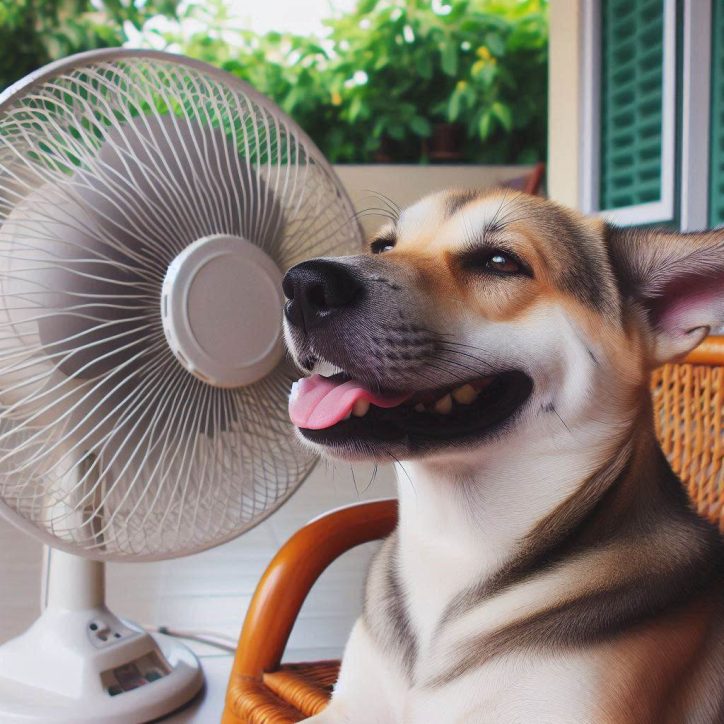What Pet Owners should Know about RV Cover Canada and Expenses?
Canadian RV enthusiasts face unique environmental challenges when selecting appropriate protective equipment for their mobile investments across diverse climate zones. RV cover Canada options must withstand extreme temperature variations, heavy snowfall, intense UV exposure, and rapid weather changes.
Many Canadian suppliers provide warranty coverage that accounts for the country’s demanding environmental conditions. The comprehensive protection approach to these covers is almost identical in performing thorough financial planning and budgeting necessary for responsible pet ownership.
Understanding the complete spectrum of costs associated with responsible pet care helps potential owners make informed decisions, prepare adequate budgets, and ensure they can provide proper care throughout their animal companions’ entire lives without financial hardship.
Initial Setup and Adoption Costs for New Pet Owners
Bringing a new pet home requires substantial upfront investments in essential supplies, services, and preparations. Adoption fees from shelters and rescue organizations typically range from fifty to several hundred dollars. Cost is also dictated depending on the animal’s age, breed, and included services. On the other hand, purebred animals from reputable breeders can cost thousands of dollars for specific breeds or lineages.
Initial veterinary examinations, comprehensive vaccination series, spaying or neutering procedures, and microchipping services add several hundred dollars to startup expenses too. Basic supplies including beds, food and water bowls, leashes, collars, toys, carriers, and safety equipment contribute additional costs. These are items that can easily reach several hundred more before pets even arrive in their new environment.
Ongoing Veterinary and Healthcare Expenses
Regular veterinary care represents the largest ongoing expense category for most responsible pet owners. Annual checkups, vaccination boosters, dental cleanings, and preventive treatments for parasites typically cost between three hundred and eight hundred dollars annually, for dogs. Whereas for cats, they generally require slightly lower annual veterinary expenses due to different health needs and treatment requirements.
Emergency medical situations, chronic conditions, and unexpected illnesses can result in bills ranging from hundreds to thousands of dollars, making pet insurance policies or dedicated emergency savings funds an important part of pet ownership.
Nutrition and Dietary Requirements Based on Pet Needs
Quality pet food represents a significant monthly expense that varies dramatically. Premium dog foods designed for optimal nutrition can cost sixty to one hundred dollars monthly for large breeds with high caloric requirements. Say that you have smaller dogs and cats, they of course require proportionally less food but may need specialized diets.
Special dietary needs, prescription foods for medical conditions, supplements, and healthy treats add additional costs to monthly food budgets. Proper nutrition directly impacts long-term health outcomes, energy levels, and coat condition. This makes food quality an important investment in future veterinary cost reduction and overall pet wellbeing.
Grooming and Maintenance Services for Pet Health
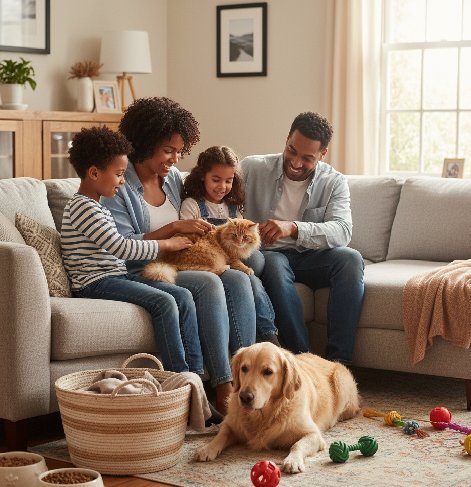
Professional grooming services become necessary expenses for many pet owners. Many pet owners who have long-haired breeds, specific coat care requirements, will attest how pricy these services can be. Regular grooming sessions typically cost between forty and one hundred dollars, with frequency depending on breed characteristics, seasonal needs, and owner preferences. Additional maintenance expenses include the following:
- Regular nail trimming
- Dental care products
- Ear cleaning supplies
- Specialized shampoos or treatments
Professional grooming also includes health monitoring, as groomers often identify potential issues that require veterinary attention.

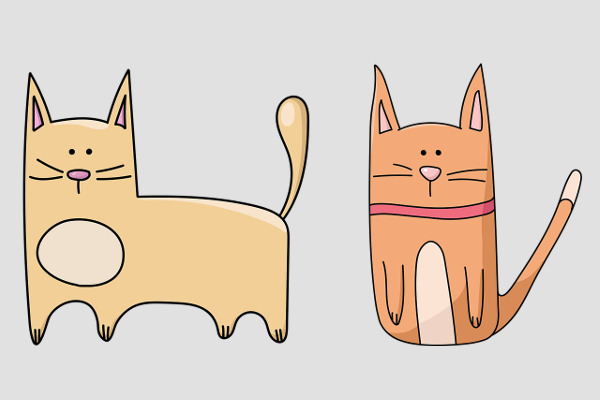
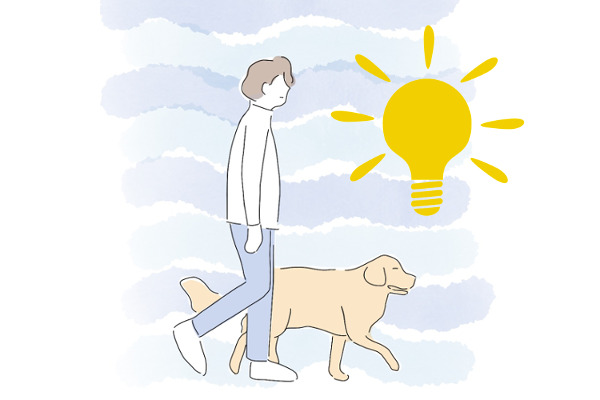
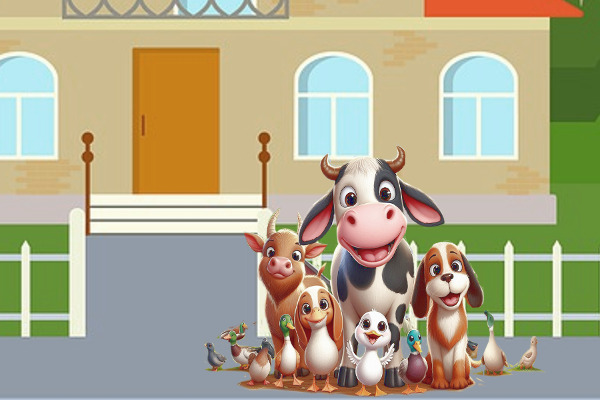
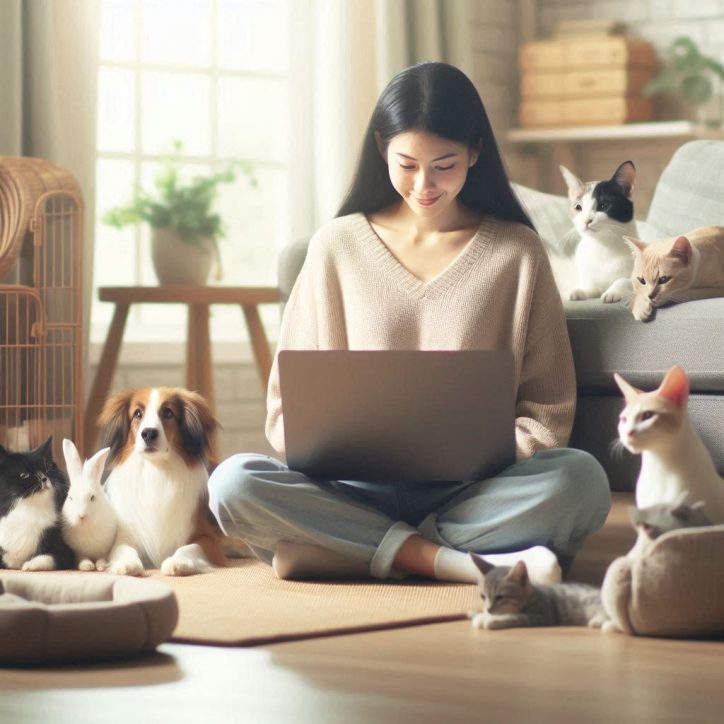
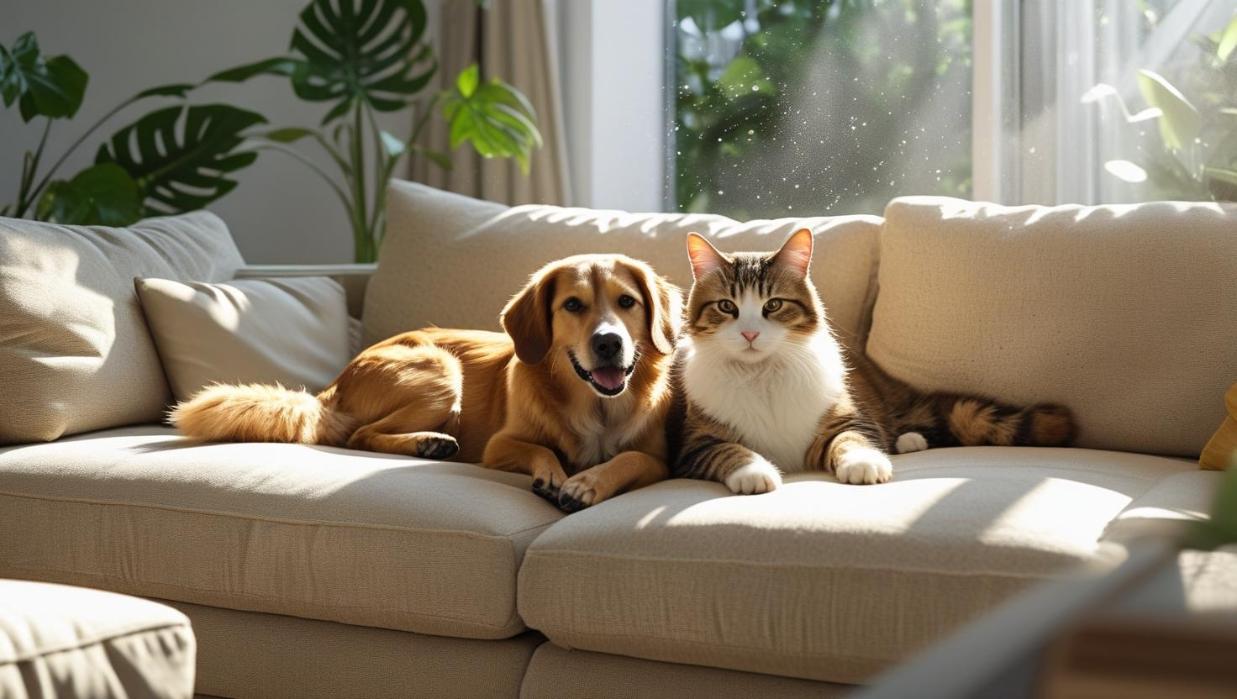

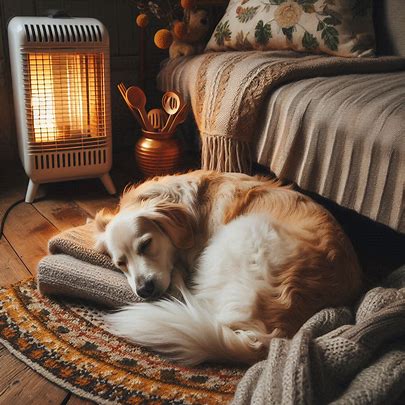
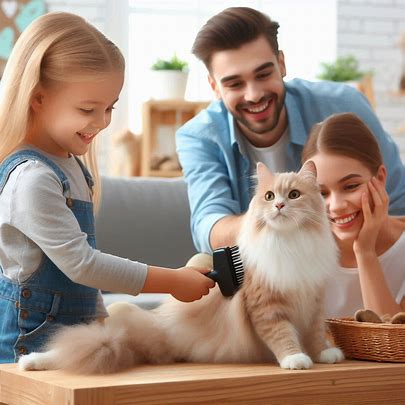 More than 66% of American households have at least one pet, and these furry family members do more than fill homes with love — they offer a powerful way for families to bond. From walking the dog together to feeding the cat or cleaning the fish tank, pet care brings structure, shared responsibilities, and daily moments of connection that deepen relationships.
More than 66% of American households have at least one pet, and these furry family members do more than fill homes with love — they offer a powerful way for families to bond. From walking the dog together to feeding the cat or cleaning the fish tank, pet care brings structure, shared responsibilities, and daily moments of connection that deepen relationships.
